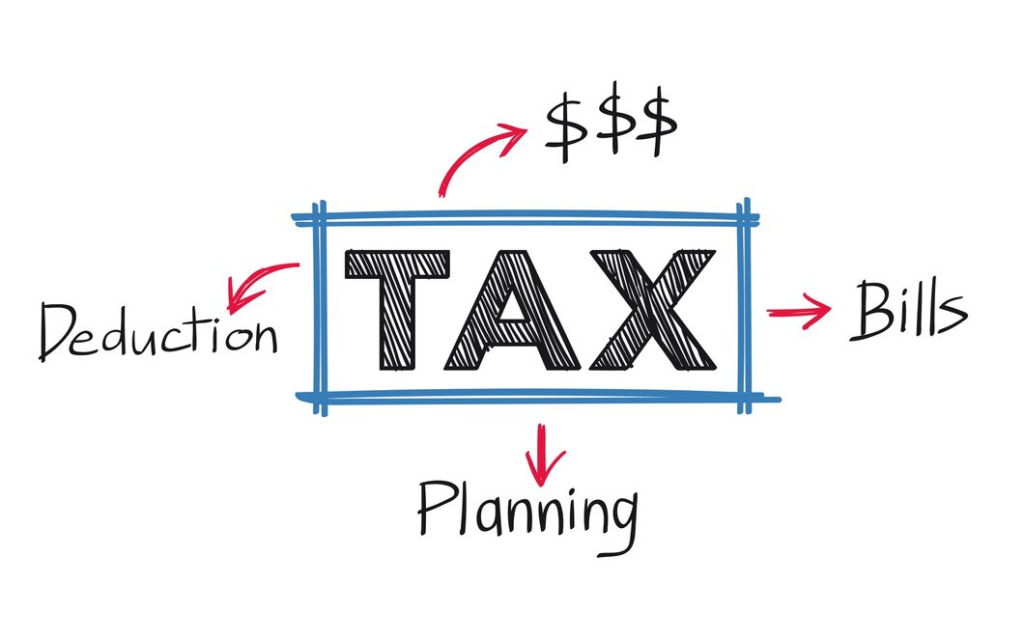Problem: Many investors uproariously find their costly mistakes in not taking advantage of tax-advantaged investment options that have been a result of not taking action motivated by ignorance or heedlessness of good investment practice. Particularly, this is among newbie investors to the world of investing, which have resulted in lost opportunities to cultivate bigger wealth with minimal tax impact and lower returns in the long run.
Platform: There are several investment accounts and different assets available for people. It is important to be informed so that you can know what provides the best tax benefits. Indeed, even a person of lower level in investing, who has tasted investments for many years, knowing the way you need to adopt for tax-free investment can give enormous benefits on your financial journey.
Solution: This guide will be discussing the best tax-free investing options available, such as accounts, real estate, U.S. Treasuries, and bonds. By the end of this video, you’ll have learned how to make smart decisions and stay clear of huge tax pitfalls.

Tax-Free Investing Strategies and Tax Opportunities in Real Estate
Live-In Flip Option
The live-in flip technique has been one of the most popular methods of reducing taxes in real estate investment. Purchase of a property and living in it for two years renders you able to gain advantage from the capital gains exclusion program when selling. That allows you to avoid taxes on up to $250,000 if single, or up to $500,000 if married filing jointly, of your profit; a potential huge income tax saver done correctly.
1031 Exchange
The 1031 exchange offers a way for any investor renting property to defer capital gains taxes. You reinvest the profit arising from the sale of one property into another investment property, thus allowing you to defer federal and most state taxes. All in all, it’s an invaluable strategy for property investors looking to grow their portfolios without incurring an immediate, massive tax bill.
Self-Directed IRA
More importantly, an individual may also invest in real estate through a self-directed IRA, thus gaining powerful benefits in return for investments in real assets. A self-directed Roth IRA enables one to invest in physical assets, such as real estate, allowing the potential for completely tax-free growth. Taxes with a traditional invested IRA are deferred until the withdrawal of funds is made; however, it can still be an effective approach to developing a tax-efficient portfolio.
U.S. Treasuries and Bonds: Tax-Free Investment Options
Treasury Securities
The interest from the U.S. Treasuries, particularly the T-bills or Treasury Bills, T-notes, and T-bonds, is exempted from any state and local taxes. Well, these being government securities, an individual is exempted from all state and local taxes but is still subject to all the federal income tax. So, for avoiding state and local taxes, Treasuries are the best.
EE and I Savings Bonds
EE and I bonds provide a very special benefit in that they are tax-free at both the state and federal level when redeemed for qualified education expenses. The I bond is specifically inflation-indexed and is currently paying 4.3%. Make sure that the bonds are used for educational purposes only and that your income is not over the limit in order to receive full tax benefits.

Tax Advantages and Considerations: Master Limited Partnerships
Tax Benefits
MLPs are a type of publicly traded partnership that provides highly favorable tax considerations. Generally, when you receive distributions from MLPs, they are considered a return of capital; hence, they are not taxable upon income. Instead, the taxes are generated when MLP units are sold at the cost basis. Holding the MLP units for the long term does mean you will save on a boatload of substantial taxes.
Estate Planning Advantages
A notable advantage of MLPs is their treatment in estate planning. When held at the time of death, MLP units pass to heirs at the market value of the units at that time. Capital gains tax due on increases in value of the MLP units during the life of the decedent can be reset to that market value at the decedent’s death. This can be very effective wealth planning from one generation to the next.
Dividend Stocks: Tax-Efficient Income
Qualified Dividends
Dividend-paying stocks also can offer some tax advantages. Because qualified dividends are taxed at long-term capital gains rates, often they are less than your other ordinary income rates. You might also be in the zero percent federal tax on qualified dividends depending on your other earned income and taxable income. Be aware of state capital gains taxes, as they can differ significantly.
401(k)s and Roth IRAs
401(k) Accounts
401(k) Employersponsored 401(k) plans take contributions before taxes are removed, effectively lowering your reported income for the year. Investment growth in a 401(k) is not taxed until the investment is ultimately withdrawn. This equals potential tax savings that are very powerful over time—especially if you are contributing the maximum.
Roth IRAs
Roth IRAs, funded with after-tax dollars, have the advantage of allowing tax-free growth and withdrawals—to you, provided you hold the account for a certain period and meet conditions. Contributions to Roth IRAs in any contribution year are not tax deductible, but qualified distributions turn out to be tax-free for you. There are a few caveats to remember, including the income limitations that could affect eligibility.
Health Savings Accounts (HSAs): Triple Tax Advantage
Benefits
Health Savings Accounts give a triple tax benefit. They are tax-deductible; gains grow tax-free, and withdrawals are tax-free for qualified medical expenses. When distributed for other spending after age 65, the HSA will be subject to income tax, but not a penalty.

Municipal Bonds: Tax-Free Income
Federal and State Tax Exemption
Municipal bonds are those issued by the state and local governments. Generally, these are exempt from federal taxes. If purchased within your state, they may also be exempt from state and local taxes. This makes them very popular for high earners when seeking tax-efficient investment income.
Investment Considerations
While municipal bonds offer income that is free from federal income taxes, municipal bonds are subject to call risk. The issuer may call the bond prior to maturity if market interest rates fall, in which case the investor is then exposed to reinvestment risk. Bond rating and bond yield are important factors for investors to consider.
Conclusion: How to Get the Most From Your Tax-Free Investment
Tax-free investing can significantly boost your overall approach to investing and achieving higher returns. One can chisel away at his tax liability while efficiently growing wealth with real estate, U.S. Treasuries, MLPs, dividend stocks, retirement accounts, HSAs, or tax-free municipal bonds. If you would like to get into the nitty-gritty details of any of the above-mentioned investments or want to learn about other strategies not listed here, please leave a comment or sign up to receive future content.
Make better decisions, help avoid mistakes, and you will have the power to build a more prosperous future with these tax-efficient investment approaches.